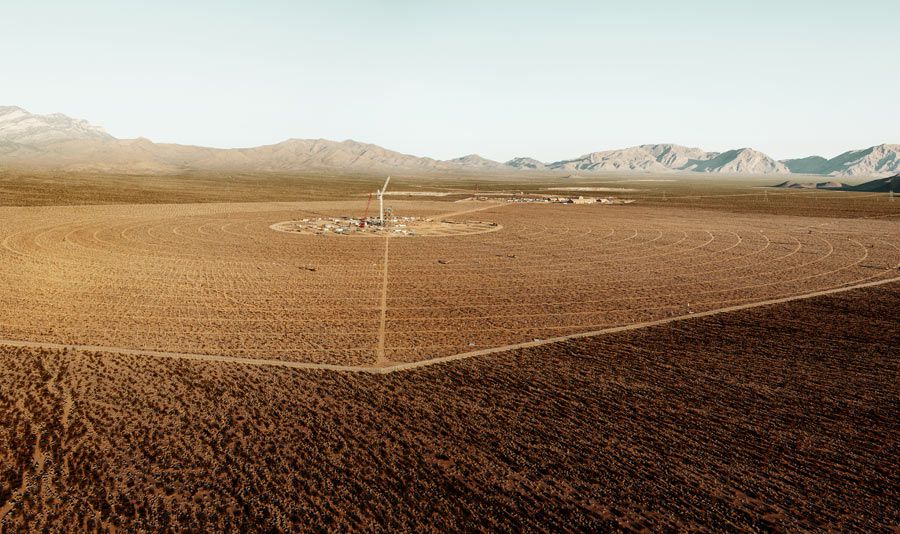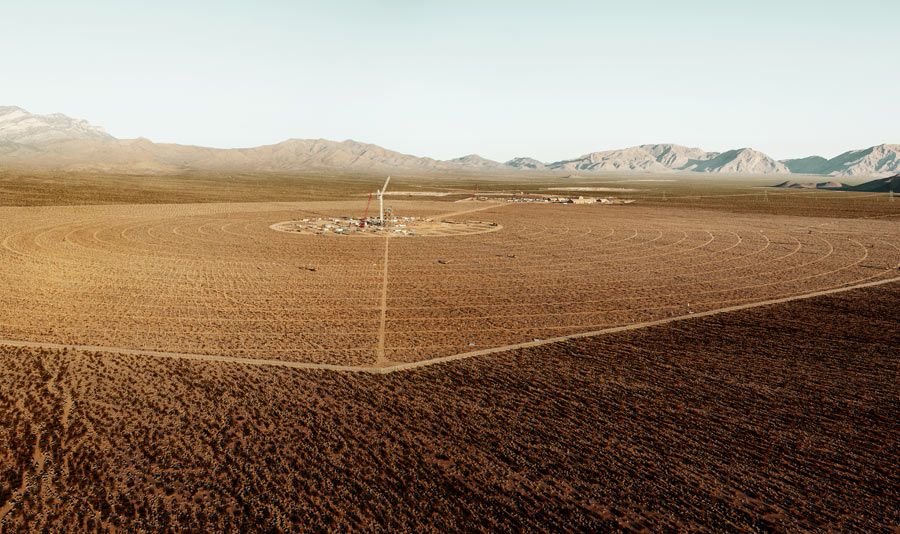
Sweeping across southeastern California and western Nevada, the Mojave Desert includes one of the hottest, sunniest regions in North America, with vast stretches of windy terrain. It is a near-perfect location for solar and wind energy, and it will soon be home to some of the world’s largest renewable-energy facilities. Already, these projects are beginning to transform one of the nation’s most desolate landscapes.
In California, near the Nevada border, the first of the new mega-utility-scale solar projects is emerging amid the quartz and cactus. The Ivanpah Solar Electric Generating System, built by BrightSource, will cost an estimated $2.2 billion. It’s expected to be bigger than four Central Parks and generate 392 megawatts of power.
In California, near the Nevada border, the first of the new mega-utility-scale solar projects is emerging amid the quartz and cactus. The Ivanpah Solar Electric Generating System, built by BrightSource, will cost an estimated $2.2 billion. It’s expected to be bigger than four Central Parks and generate 392 megawatts of power.
